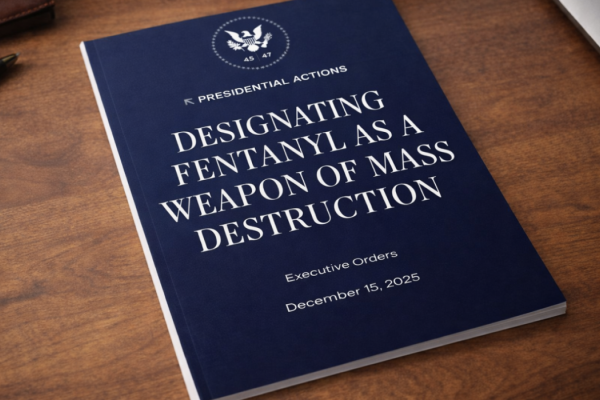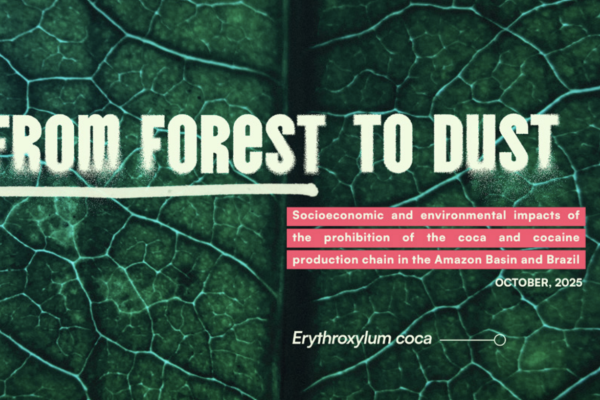18th August 2021
This is the first of a two-part extract from the chapter on MDMA in Transform's recently published book 'How to Regulate Stimulants: A Practical Guide' (available to buy in print or as a free pdf download here)
MDMA is the abbreviation for MethyleneDioxy-MethylAmphetamine, a member of a larger group of drugs called the phenethylamines.[1]
Its molecular structure is similar to that of its close relative methamphetamine, but the seemingly small variation in the molecular structure causes its amphetamine-like CNS stimulant properties to be complemented by other, very distinctive, psychological effects that set it aside from most other stimulants. MDMA, commonly referred to as ‘ecstasy’, is known for creating a sense of empathy or intimacy, communion and emotional openness that account for its enduring popularity in the dance music party scene, and medical uses in therapeutic settings.
There are a number of drugs in the phenethylamine group, with similar molecular structures and some similar effects; including MDA (methylenedioxyamphetamine), MDEA (methylenedioxyethylamphetamine) and MBDB (N-methyl-1-(1,3-benzodioxol-5-yl)-2-butanamine). These have some similar effects to MDMA, and have previously been sold on the illegal market as ‘ecstasy’ but have never achieved the same level of popularity and are vastly rarer than MDMA in today’s illegal markets.
MDMA was first synthesised in 1912 by the Merck pharmaceutical company.[2]
However, its distinctive effects in humans remained unrecognised for decades until it was rediscovered by experimental psychopharmacologist Alexander Shulgin. Shulgin re-synthesized the drug and experimented on himself, publishing the first report on the effects of MDMA in humans in 1978, noting how it produced ‘an easily controlled altered state of consciousness with emotional and sensual overtones’.[3]
In the late 1970s and early 1980s, MDMA use was largely confined to the experimental therapeutic arena. During this early phase, an estimated half a million doses were administered in psychotherapeutic settings alone in North America, despite the absence of rigorous clinical trials to establish safety and efficacy.[4] This early phase of research was effectively terminated in 1985 when MDMA was made a Schedule 1 Drug in the US. This became a global prohibition when MDMA was subsequently included in Schedule 1 of the 1971 UN Convention on Psychotropic Substances in 1986.
In the early 1980s, MDMA had also begun to establish itself amongst some more niche US party scenes — including the Deadheads (followers of the Grateful Dead), the Chicago house music scene, and some localised gay scenes, notably in Texas. But it achieved a dramatically higher profile when it became closely associated with the emergent European rave party scene in the late 1980s — establishing a connection with underground and then mainstream electronic dance and club culture that continues to the present day.
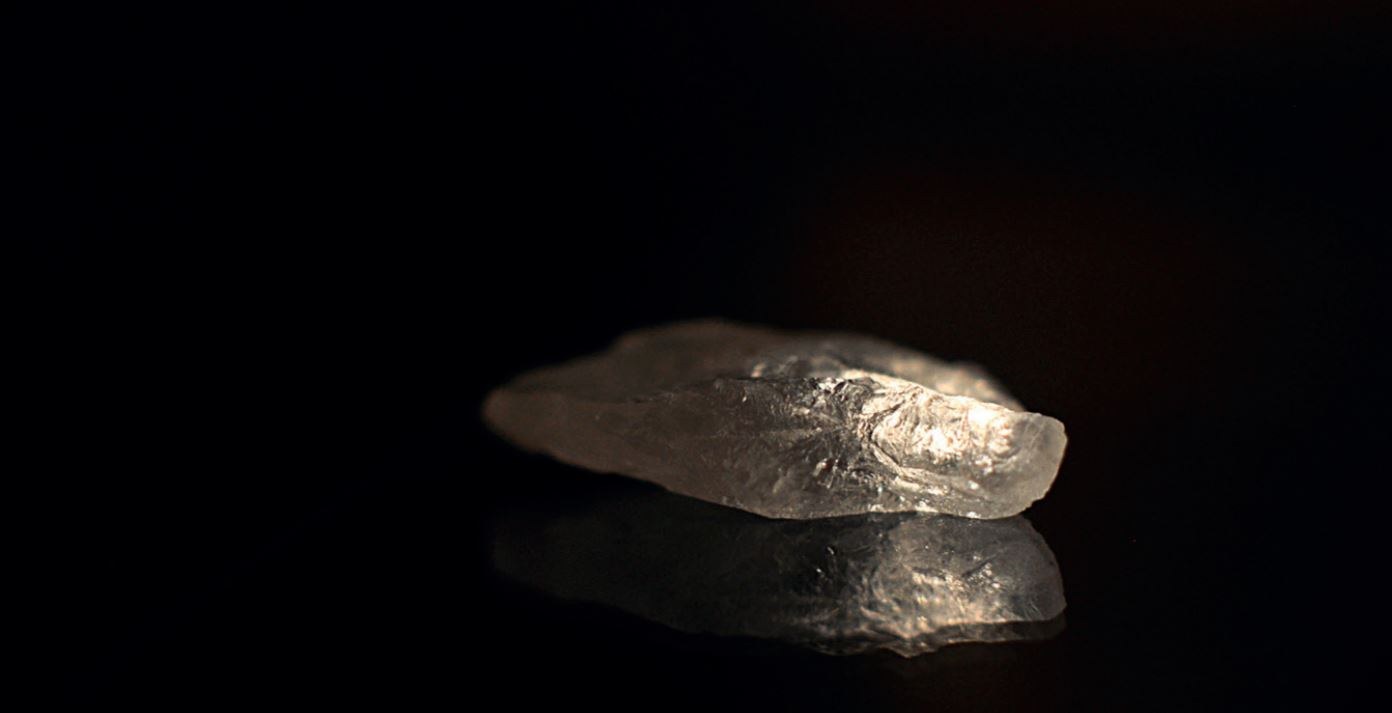
Rave culture
European rave culture was initially characterised by underground, sometimes spontaneous, and often free dance events. Hosted in ad-hoc venues including warehouses, barns, fields and other semi-derelict and outdoor spaces (often lacking alcohol sales and marketing), MDMA became the drug of choice. Pills were relatively easy to transport and produced effects that suited the all-night party scene.
As it became more mainstream in the late 1990s and early 2000s, the new dance music culture became more commercialised, as entrepreneurs moved to exploit an increasingly lucrative opportunity. The popularisation of the dance scene was partly the familiar movement of a subculture into the mainstream, with the predictable commercial exploitation that follows. However, it also occurred despite being accompanied by determined efforts at suppression driven not only by the kind of moral panic that often accompanies the emergence of new drug cultures, but by a commercial targeting of the culture by the alcohol industry. In the UK, for example, while the notorious Criminal Justice and Public Order Act (1994) sought to suppress free raves (see below), alcohol venues — both bars and nightclubs — began to target the new market through both redesigning venues to include dancefloors, DJs, club-style lighting etc., and through developing new drinks (often referred to as ‘alcopops’) that were marketed using self-consciously ‘clubby’ imagery.[5]
The rapid penetration of MDMA use into significant segments of the European night-time economy during the 1990s sparked a rash of tabloid media coverage, which, in the UK, was characterised by high-profile reporting of MDMA-related deaths — particularly of young women. While relatively small in number, MDMA-related deaths received hugely disproportionate media coverage compared with deaths related to other drugs — and especially compared to alcohol. As outlined by the image below, whereas 9% of heroin and 2% of alcohol poisoning deaths in 2008 were reported, 66% of cocaine-related deaths, and 106% of ecstasy deaths (since some unrelated deaths were misidentified as being due to MDMA) were reported in news media. Related to this, previous research into Scottish newspapers has also found that reporting of drug deaths ‘may be biased towards cases involving certain drugs or types of user’ — particularly deaths of teenagers, and particularly deaths as a result of MDMA.[6]
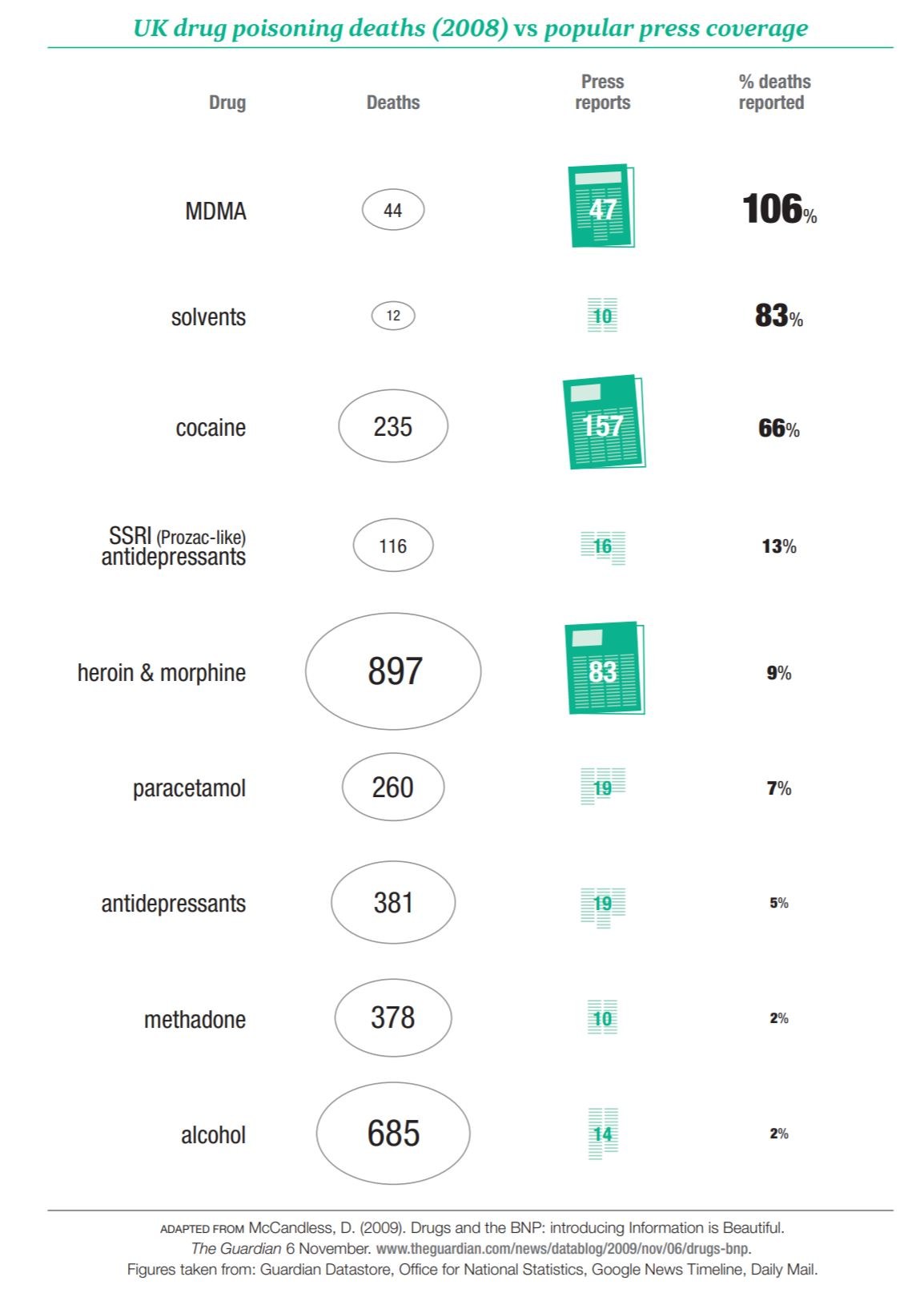
This rapid expansion of both MDMA use and reporting of its negative consequences led to a range of policy responses — often pushing in opposite directions at the same time. On the one hand, pragmatic harm reduction approaches emerged, focusing on creating safer party environments and distributing information encouraging safer behaviours and patterns of use. On the other hand, an array of enforcement crackdowns on the supply of MDMA, and interdiction of its precursors were launched alongside the ramping up of ‘zero tolerance’ security efforts at nightclubs and music festivals to prevent drugs entering or being consumed on site.
Legislative action was also taken to curtail MDMA-driven raves. In the UK, the Criminal Justice and Public Order Act (1994) created police powers to remove ravers, prevent entry to suspected raves and to confiscate sound equipment. The Act sought to justify its measures by applying to gatherings of 100 or more people (since amended in England and Wales to 20) where ‘amplified music is played during the night…[and]…is likely to cause serious distress to the inhabitants of the locality’.[8] Not all types of music gatherings were intended to be targeted, so it was notoriously clarified that ‘music’ includes sounds ‘wholly or predominantly characterised by the emission of a succession of repetitive beats’. The legislation has been interpreted as an attempt to combat a wider ‘threat...to the social order’ by rave parties, seen as infiltrating idyllic countryside locations and at odds with social values, in much the same way that furore about new illegal drugs can often be characterised as a perceived infiltration from an ‘other’ into civilised society.[9] The legislation was a key part of the developments in the UK which saw, simultaneously, ‘the commercialisation and criminalisation of mid-1990s dance space’.[10]
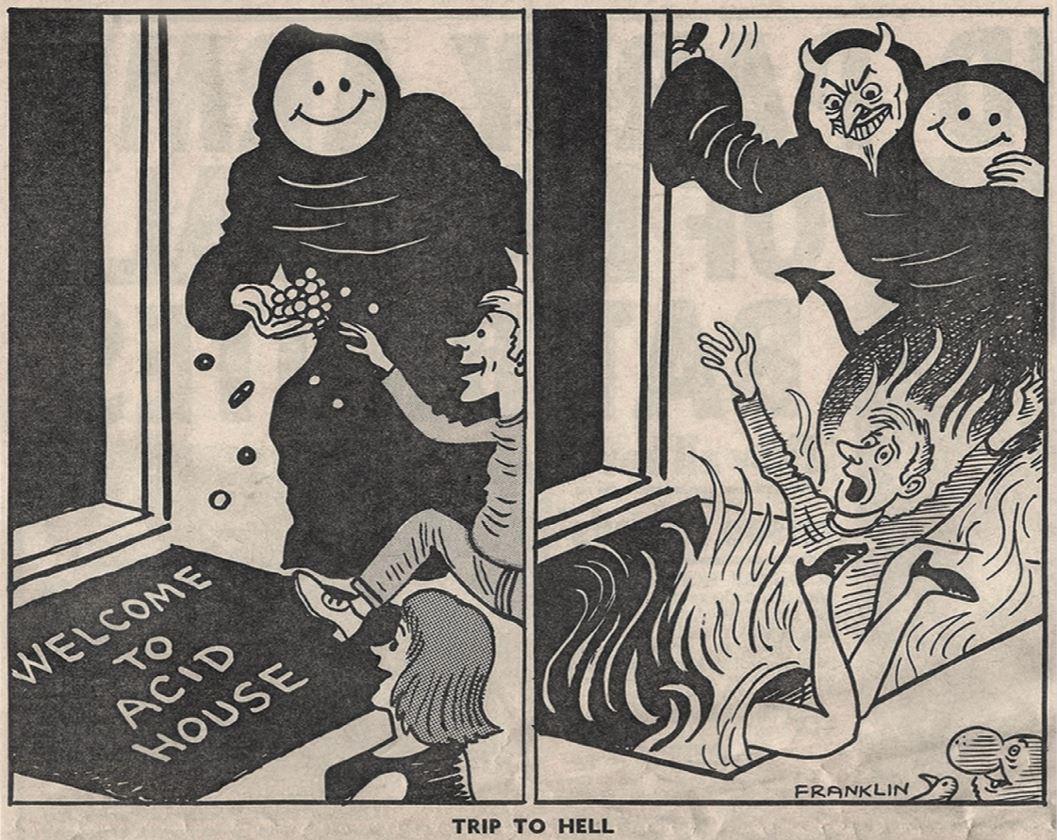
Legislation adopted elsewhere includes the brazenly-named ‘Reducing Americans’ Vulnerability to Ecstasy’ (RAVE) Act in the United States. The Act referred to the ‘tens of thousands of young people...initiated [seemingly without agency] into the drug culture at “rave” parties or events (all-night, alcohol-free dance parties typically featuring loud, pounding dance music).’ The Act went on to state that ‘Many rave promoters go to great lengths to try to portray their events as alcohol-free parties that are safe places for young adults to go to dance with friends.’ In establishing substantial fines for anyone allowing spaces to be used for raves, the Act specifically targeted ‘rave promoters’ portrayed as taking advantage of young people by convincing them drug use was safe, then selling them overpriced water and glow sticks.[11]
In both the UK and US, MDMA and dance culture were conflated into a single enemy — ‘rave’ culture — seen as both undermining traditional values and commandeering the agency of young people. The primary effect of such responses was less to suppress rave culture, than to accelerate the movement of the culture into commercialised club spaces.[12] A further effect of the commercialisation of MDMA dance culture was the ‘reascendance of alcohol’. Prior to criminalisation of raves in the UK, there was an ‘anti-alcohol bias’: indeed, it was a period in which alcohol was seen by sections of young people as an older person’s — and, therefore, uncool — drug.[13]
Hence the swift marketing response, facilitated by the move of dance culture into commercial spaces, in which alcohol companies sought to ‘appeal to a new generation of drinkers’ through new products, new spaces and new forms of promotion.[14]
Despite this, the dance scene grew and diversified, although with alcohol largely reabsorbed as a drug within the culture. As the range of genres and subgenres grew, and despite the successful ‘capture’ of elements of dance culture by the alcohol industry through large-scale sponsorship of events, MDMA remained indelibly associated with the scene. By the 2010s, the industry could be described as having become fully globalised, especially under the EDM (electronic dance music) moniker, with club sizes growing enormously, whole destinations emerging as venues for dance tourism, festivals appearing across the world, and events growing to encompass corporate, stadium scale extravaganzas with correspondingly high price tags. Even if a smaller scale underground scene continued in parallel, a culture inextricably tied to the use, and the visual imagery, of MDMA had become a global phenomenon.
Enforcement responses
Attempts to deter or physically prevent MDMA use in night-life and festival settings have largely failed. Pills and powder drugs are small and easy to conceal, meaning only a relatively small proportion will be intercepted even by the most draconian security measures. This reality must be taken into account by any future regulatory regimes, and provides an important argument for management of night-time economy spaces to incorporate MDMA (and other drug) safety considerations; given the reality of use, the question is not how to stop it, but how to manage it to minimise harms.

If preventing drugs entering nightclubs and music venues has proved difficult, for large scale outdoor festivals and events it has been effectively impossible. Attempts to enforce ‘zero tolerance’ licensing requirements have, however, often contributed to unintended increased risk, including through:
- Poor provision of safer environments and harm reduction services from event organisers reluctant to publicly acknowledge that drug use is occurring;
- Incidents of people concerned about door security (sometimes including sniffer dogs) consuming all their drugs at once before entry;
- People seeking to evade entry security buying from unknown onsite dealers instead of more reliable established sources;
- People consuming drugs covertly to avoid detection, making dosage management more difficult.
Recent experiences in Australia also point to the extent to which a disproportionate response to the ‘threat’ of MDMA consumption can lead to truly disturbing outcomes. In New South Wales, the practice of enforced strip searches, often of children under 16, heading towards festivals has caused outrage. In this case, we see the prevention of MDMA use apparently justifying behaviour that, in any other circumstance, could reasonably be described as state-sanctioned sexual abuse.[15]
Enforcement responses targeting MDMA production and supply have proved similarly ineffective, heavy-handed or counterproductive in the face of rising demand. In the early 2000s a clampdown on the production of safrole oil in China — the key precursor for MDMA manufacture at the time — led to production shifting to Cambodia, where controls were weaker. Seizures increased in Cambodia from 2006 until a series of raids on woodland processing plants and huge seizures in 2008 — totalling more than 30 tonnes of the oil, enough to make hundreds of millions of MDMA pills — dramatically reduced production.[16] This caused a global MDMA supply shortage that lasted for several years. Despite being hailed a major enforcement success, it had a number of ultimately harmful outcomes — from both enforcement and public health perspectives. The void in the market created by the MDMA shortage was soon exploited by entrepreneurs developing or introducing an array of novel psychoactive substances (NPS) with MDMA-like stimulant effects, but with unknown and potentially more toxic effects — many of which were mis-sold as MDMA.
By 2009, EU seizure data suggested that the majority of MDMA pills in circulation contained little or no MDMA at all. At this time, what Smith et al describe as the ‘recommodification or rebranding of ecstasy as a higher priced, higher quality product’ in crystal or powder form began to occur, capitalising on ‘disenchantment with cheap, easily available, but poor quality...ecstasy pills’, synonymous with the MDMA drought.[17]
Among the NPS that emerged during this period were piperazines (TMFPP, mCPP, and BZP which, in 2009, were reportedly ‘present in most ‘ecstasy’ tablets sold in Europe’, as well as mephedrone, which rose rapidly in popularity in 2009 as a substitute for MDMA.[18]
Both mephedrone and piperazines were legally available for periods of time in many countries as domestic drug control legislation struggled to keep pace with the growing array of NPS entering the market (see our case study on New Zealand's experiment with BZP regulation). Unlike most other substitutes, which have since largely faded into obscurity, the market for mephedrone has survived the 2011-13 re-emergence of MDMA to some degree; its effects are distinct enough from MDMA to help establish its own drug culture niche, notably in the gay party scene.
Another NPS sometimes mis-sold as MDMA during this period was PMA/PMMA — which has some similar stimulant effects to MDMA but is markedly more toxic and risky. Because it is slower acting (taking two hours for its effects to come on — twice as long as MDMA) people often redosed thinking it was a weak MDMA pill — leading to overdose, emergency events and sometimes death. PMA/PMMA-related deaths in England and Wales inversely track the MDMA drought, only diminishing as MDMA significantly returned to the market again after 2013.
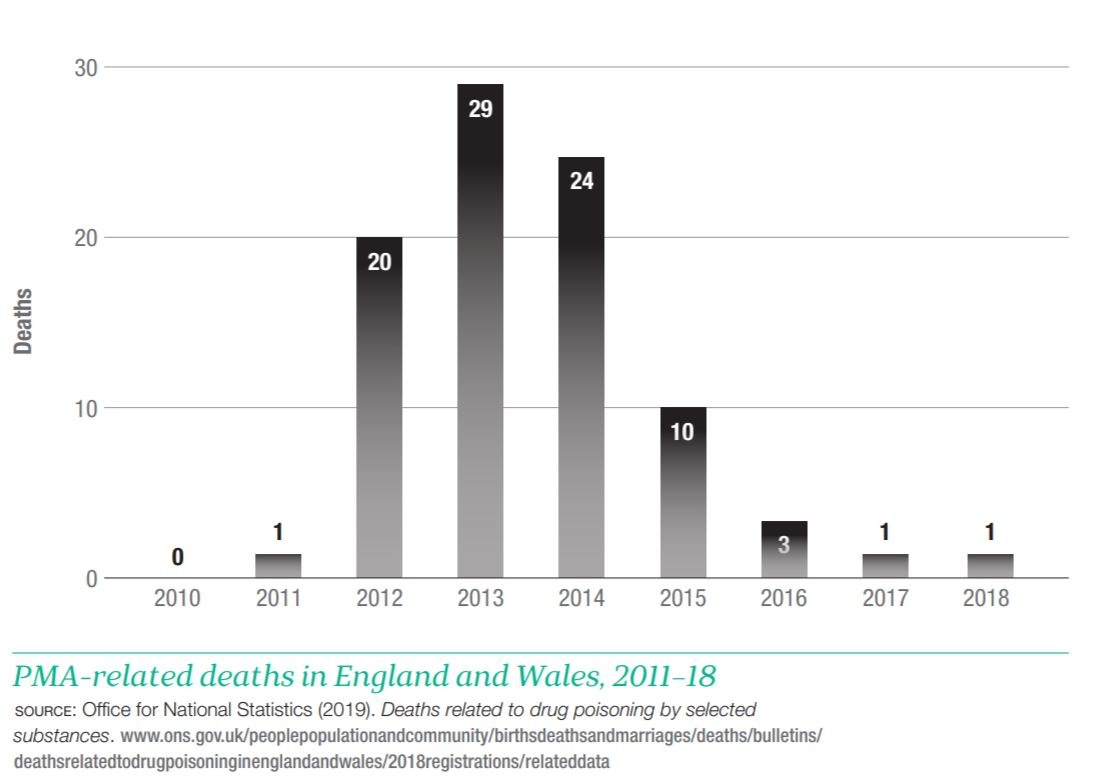
By 2010, however, resilient demand for MDMA and the profit opportunity it offered led to a new production process being developed by illegal market entrepreneurs. This new process used a new precursor, called PMK-methyl-glycidate, that bypassed the need for the internationally prohibited safrole precursors altogether. This innovation, arguably a direct consequence of the earlier safrole oil interdiction ‘success’, meant that a cheap and abundant supply of high quality MDMA became available. This, in turn, led to a drop in price, and a rise in the purity and levels of MDMA content in pills, beginning in 2011-12 and accelerating from 2013.
Use of MDMA has also risen from this point, and has coincided with higher seizure rates: 2.2 million doses of MDMA were seized in the UK in 2018/19, up from 0.43 million in 2012/13.[20]
This rising use of MDMA has been seemingly at the expense of many of the NPS that flooded into the market during the MDMA drought. PMK-methyl-glycidate and its relatives were belatedly prohibited under the 1988 UN Convention against Illicit Traffic in Narcotic Drugs and Psychotropic Substances in March 2019, although it seems unlikely that this will change its now established role in MDMA production in the short term.[21]
Part two is available here
References
[1] Described by the European Monitoring Centre for Drugs and Drug Addiction (EMCDDA) as ‘A chemical substance comprising a phenyl group attached to a linear chain of two carbon atoms and terminating in an amino group. The expanded name is 2-phenylethylamine. The phenethylamine family includes a range of substances that may be stimulants, entactogens or hallucinogens.’: EMCDDA (Undated). Drug Profiles: Glossary. www.emcdda.europa.eu/publications/drug-profiles/glossary#Phenethylamine
[2] Freudenmann, R. W., Öxler, F., & Bernschneider‐Reif, S. (2006). The origin of MDMA (ecstasy) revisited: the true story reconstructed from the original documents. Addiction 101.9. pp1241-1245;
Bernschneider-Reif, S., Öxler, F., & Freudenmann, R. W. (2006). The origin of MDMA (‘ecstasy’)–separating the facts from the myth. Die Pharmazie-An International Journal of Pharmaceutical Sciences 61.11. pp966-972.
[3] Shulgin, A.T. and Nichols, D.E. (1978). Characterization of Three New Psychotomimetics. In: Stillman, R.C. and Willette, R.E. (1978). The Psychopharmacology of Hallucinogens. New York: Pergamon. pp. 74-83.
[4] Multidisciplinary Association for Psychedelic Studies (MAPS). (2019). Investigator’s Brochure (11th Edition). p49. https://mapscontent.s3-us-west-1.amazonaws.com/research-archive/mdma/MDMA-Investigator-Brochure-IB-11thEdition-MAPS-2019-07-10.pdf
[5] See, Nicholls, J. 2009. The politics of alcohol: a history of the drink question in England. Manchester University Press. p.224; and Hadfield, P. 2006. Bar wars: contesting the night in contemporary British cities. Oxford University Press. p.51.
[6] Forsyth, A.J. (2001). Distorted? A quantitative exploration of drug fatality reports in the popular press. International Journal of Drug Policy 12. p450. https://doi.org/10.1016/S0955-3959(01)00092-5
[7] McCandless, D. (2009). Drugs and the BNP: introducing Information is Beautiful. The Guardian 6 November. https://www.theguardian.com/news/datablog/2009/nov/06/drugs-bnp. Figures taken from: Guardian Datastore, Office for National Statistics, Google News Timeline, Daily Mail.
[8] United Kingdom: Criminal Justice and Public Order Act 1994. Part V Public Order: Collective Trespass or Nuisance on Land, s63-66: ‘Powers in relation to raves’. http://www.legislation.gov.uk/ukpga/1994/33/part/V/crossheading/powers-in-relation-to-raves
[9] Hill, A. (2002). Acid House and Thatcherism: noise, the mob, and the English countryside. British Journal of Sociology. 53.1. p94-95.https://www.ncbi.nlm.nih.gov/pubmed/11958680
[10] Measham, F. (2004). Play space: historical and socio-cultural reflections on drugs, licensed leisure locations, commercialisation and control. International Journal of Drug Policy 15. p340. https://doi.org/10.1016/j.drugpo.2004.08.002
[11] US Library of Congress, 107th Congress (2001-2002). S.2633 — Reducing Americans’ Vulnerability to Ecstasy (RAVE) Act. https://www.congress.gov/bill/107th-congress/senate-bill/2633.
[12] Moore, K., Wells, H. and Feilding, A. (2019). Roadmaps to Regulation: MDMA. Beckley Foundation p36. https://beckleyfoundation.org/wp-content/uploads/2019/12/MDMA_Roadmap_To_Regulation-Digital-Copy-0512.pdf.
[13] For an earlier example, see: Mass-Observation (1940). The Pub and the People. London: Victor Gollancz.
[14] Measham, F. (2004). Play space: historical and socio-cultural reflections on drugs, licensed leisure locations, commercialisation and control. International Journal of Drug Policy 15. p342. https://doi.org/10.1016/j.drugpo.2004.08.002; Reynolds, S. (1998). Energy flash: A journey through rave music and dance culture. London: Macmillan. p43, 45.
[15] See, for example, McGowan, M. (2019). Why is this happening? Shocking evidence builds pressure for strip-search reform in NSW. Guardian 6 Dec. www.theguardian.com/australia-news/2019/dec/07/why-is-this-happening-shocking-evidence-builds-pressure-for-strip-search-reform-in-nsw
[16] Barron, L. (2015). Lack of safrole can’t stop menace. The Phnom Penh Post 8 January. https://www.phnompenhpost.com/national/lack-safrole-cant-stop-menace
[17] Smith, Z., Moore, K. and Measham, F. (2009). MDMA powder, pills and crystal: the persistence of ecstasy and the poverty of policy. Drugs and Alcohol Today 9.1. p14. https://doi.org/10.1108/17459265200900004
[18] EMCDDA (2016). Recent changes in Europe’s MDMA/ecstasy market: Results from an EMCDDA trendspotter study. p8. http://www.emcdda.europa.eu/system/files/publications/2473/TD0116348ENN.pdf
[19] Office for National Statistics (2019). Deaths related to drug poisoning by selected substances. https://www.ons.gov.uk/peoplepopulationandcommunity/birthsdeathsandmarriages/deaths/bulletins/deathsrelatedtodrugpoisoninginenglandandwales/2018registrations/relateddata
[20] UK Home Office (2019). Seizures of drugs, England and Wales, financial year ending 2019 (second edition). https://assets.publishing.serv...; Coleman, K. (2019). Home Office Statistical Bulletin: Seizures of drugs in England and Wales, 2012/13. UK Home Office 31 October. https://assets.publishing.service.gov.uk/government/uploads/system/uploads/attachment_data/file/254123/1213_seizure_drugs_statistical_bulletin.pdf.
[21] United Nations Office on Drugs and Crime (UNODC) (2019). Nine substances and three precursors "scheduled" at the 62nd Session of the Commission on Narcotic Drugs. UNODC March 2019. www.unodc.org/LSS/Announcement/Details/abeb2ba9-3788-4a67-a80a-19e098b4476b


